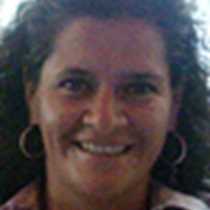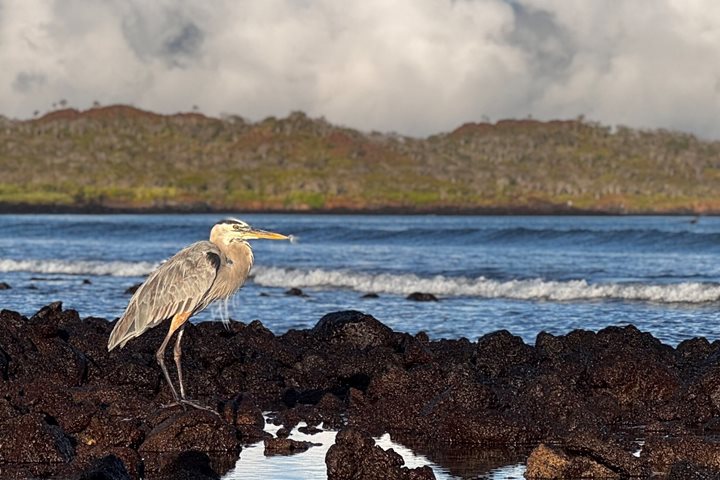As we landed on the island this morning, we were amazed to see how many baby sea lions had been born in the last few months. Babies were just everywhere, some were with their moms and some had been left behind while their mothers went into the ocean to fish. It is important to understand that these babies are very demanding when it comes to nursing, so the females normally leave the babies on the beaches while they go out to look for fish.
Española or Hood Island is the oldest one in Galapagos, at approximately 4 million years of age, which has allowed the local species more time to evolve in isolation. Even though it’s an old island, if you compare its age to the age of the planet itself, which is around 6.4 billion years, we could still see Española as a young formation. As we started to walk among the lava we could see that erosion had converted the lava flows into boulders.
The albatross is an oceanic bird that only comes to land to reproduce, and they have chosen this particular island because here they find the cliffs from where they can take off—being oceanic, they are big and need the help of the wind to make it into flight. The mockingbird of Española is one of the four varieties present in the archipelago—so far we have had a chance to see two of the four species found in the Galapagos. They are one of the species that got Darwin’s attention back in 1835, when he collected three out of the four, noticing that they have some physical differences and he quoted: “there is a difference between the inhabitants of the different islands”…
As we continued to hike along the trail, we had a chance to see the entire breeding cycle of the Nazca Boobies, including couples courting, couples making a nest, couples preening each other, parents protecting a day old chick. It was just amazing. As we walked back to the ship at sunset, we felt a renewed sense of understanding of how unique and fragile places like this need to be conserved.







